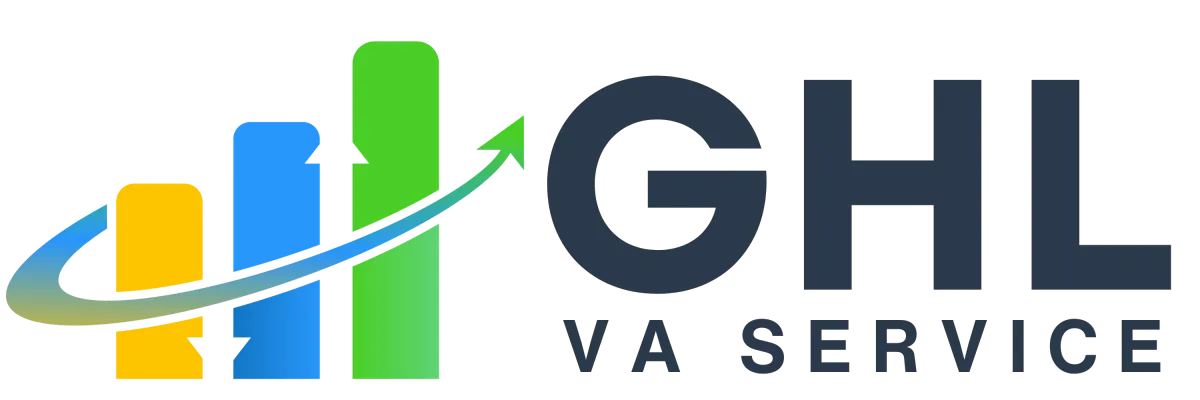
Limited Reporting and Analytics in GHL: Challenges and How to Overcome Them
GoHighLevel (GHL) is a powerful all-in-one marketing and CRM platform designed for agencies and businesses. While it excels in automation, sales funnels, and client management, one common concern is the limited reporting and analytics in GHL.
Many users find it challenging to track detailed insights, making data-driven decisions harder. We’ll explore the challenges of limited reporting and analytics in GHL and practical solutions to overcome them effectively.
Also Read 👉The Difference Between UX and UI Design? How Difficult Is It?
Challenges of Limited Reporting and Analytics in GHL
Despite being a feature-rich platform, GoHighLevel’s reporting system has some limitations that may affect business performance. Here are the key challenges:
1. Lack of Customizable Reports
Issue: GHL provides basic reports, but users often need more customization options to track specific metrics.
Impact: Businesses struggle to get detailed insights tailored to their needs.
2. Limited Data Visualization
Issue: GHL lacks advanced data visualization tools like interactive dashboards and graphs.
Impact: Users find it difficult to analyze trends and make informed decisions.
3. No Real-Time Analytics
Issue: The platform doesn’t provide real-time data tracking for marketing campaigns.
Impact: Delayed analytics can lead to missed optimization opportunities.
4. Limited Attribution Tracking
Issue: GHL does not offer in-depth multi-touch attribution for marketing efforts.
Impact: Businesses can’t accurately measure which channels drive the most conversions.
5. Integration Gaps with Third-Party Analytics Tools
Issue: GHL has limited direct integrations with advanced analytics tools like Google Data Studio.
Impact: Users must rely on manual exports or third-party connectors for deeper insights.
How to Overcome Limited Reporting and Analytics in GHL

While GHL has reporting limitations, you can enhance your analytics with smart strategies and external tools. Here’s how:
1. Use Third-Party Analytics Tools
✅ Google Analytics – Track website traffic and user behavior.
✅ Google Tag Manager – Add tracking codes for better event tracking.
✅ Google Data Studio – Create custom dashboards by integrating GHL data.
2. Leverage Zapier for Data Syncing
✅ Zapier allows you to connect GHL with powerful analytics platforms.
✅ Automate data transfers to Google Sheets, CRM reports, or BI tools.
3. Implement UTM Tracking for Better Attribution
✅ Use UTM parameters to track campaign performance.
✅ Analyze traffic sources and optimize your marketing efforts.
4. Customize Reports Using GHL’s API
✅ If you have a development team, use GHL’s API to extract and analyze data.
✅ Create custom reporting dashboards to track essential metrics.
5. Monitor Key Metrics Manually
✅ Track conversions, lead sources, and engagement metrics manually.
✅ Use spreadsheets or reporting templates to consolidate data.
While limited reporting and analytics in GHL can be a challenge, businesses can overcome these limitations by integrating third-party tools, customizing reports, and leveraging automation. By implementing these solutions, you can gain deeper insights, improve decision-making, and maximize your marketing ROI.



